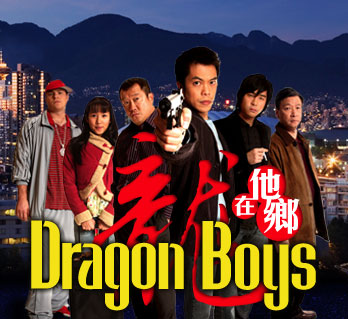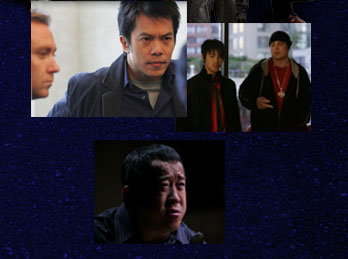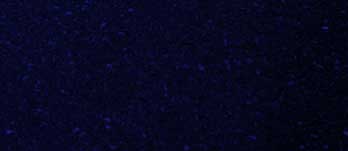| |
|
|
|
|
|
|
|
|
 |
 |
|
 |
|
|
A (very) SHORT HISTORY OF THE CHINESE IN BRITISH COLUMBIA By Jim Wong Chu
In 1858, someone discovered Gold on the banks of the Fraser River and thousands of people rushed into British Columbia. Everyone who could carry a shovel and had dreams of striking it rich came. The Chinese, who had been part of the California Gold Rush, came in large numbers and established the first Chinatown in Barkerville. When the gold didn't last many Chinese went up North to the Yukon and Alaska to work the abandoned claims there, exchanging their labour for food and shelter. Without the means to bring their wives and families over from China, many dreamt of somehow finding an overlooked patch of placer gold and striking it rich; of repaying their grubstake and becoming a merchant or a big shot — a "high muckamuck" in the old Chinook language - eventually retiring back in his home village as a man of means. As time when by, the BC government started segregating the Chinese and took away their right to vote, to enter into the civil service, and to practice a profession. In 1875 a head tax of $50 was imposed and by 1903 that had escalated to $500. The low point in Asian Canadian history was the 1907 Riot when the local rowdies rampaged through Chinatown while the local Vancouver authorities stood by. In July 1st, 1923, the government imposed the Chinese Immigration Act or what the Chinese call the "Chinese Exclusion Act". July 1st, Canada Day, has since been commemorated as Humiliation Day by Chinese Canadians. In the 24 years it took to have this discriminatory legislation repealed (after the Second World War in 1947), only 57 persons of Chinese Descent were allowed to legally enter Canada. The Chinese population in Canada dwindled and might have died off completely if not for a World War that saw China becoming an Allied force. Any Allie of Canada and the US had to be included in their plan for a better, more inclusive society. And when you treat your allies better, you have to do so with your minorities as well. Because Canada was involved with the drafting of the United Nations document for Human rights, they were at the forefront of the re-aligning of rights within the country. After 1947 there was a gradual change in the immigration quota system and, slowly, many of the local-born Chinese Canadians saw their chance to become teachers and nurses. The 1950's and 60's was a time of rebuilding and resettlement as families were slowly allowed to reunite. Attitudes among the mainstream society began to change and Asians were finding acceptance. The modern era of the Chinese and other Asians officially began with the new immigration act of 1967 - a universal point system that removed race and ethnicity as criteria for entering Canada. This change coincided with many events around the world that sparked an interest in coming to Canada. In Hong Kong, the Cultural Revolution spilled over the Chinese borders and threatened Hong Kong. In 1970 Canada saw the first large influx of Hong Kong Chinese. They primarily settled in the urban areas of Vancouver and Toronto. But this was not your "typical" immigrant group. Immigration in the past was marked by a migrant who had little skill or resources and had to work their way up from the bottom of society, hoping their sons and daughters would reap the benefits of their hard work and sacrifice. These new Hong Kong immigrants were wealthy, educated and spoke English. They bought homes with cash, in the better neighbourhoods of the city, and sent their children to the best schools. By the late 1980's and early 90's, there was a backlash among the local White community. The media led the charge by resurrecting a new version of the unassimulatable "Yellow Peril". There were constant front page articles about Chinese crime and youth gangs and stories about Chinese coming in, buying up the neighbourhood, and building monster houses. Today, the Chinese, as well as other Asian communities, are slowly making their mark on Canadian society and there is a gradual acceptance. Asian cuisine is now in vogue. Asian Heritage Month is now celebrated across the country. And although the media is still, for the most part, staffed by middle-age white males, there is more sensitivity and awareness of both the differences and similarities among Canadians. The Police have long since abandoned their rhetoric and fear mongering about the "Yellow Menace" and Chinese youth gangs and instead acknowledge that all segments of Canadian society have criminals among their ranks, not just minorities. BOOKS
WHITE CANADA FOREVER, Popular Attitudes
and Public Policy Toward Orientals in British Columbia by W. Peter Ward,
(McGill-Queen's University Press)
FROM CHINA TO CANADA, Edited by Edgar Wickberg, (Toronto: McClelland and Stewart Ltd., 1982). VANCOUVER'S CHINATOWN: Racial Discourse in Canada, 1875-1980 by Kay J. Anderson, (McGill-Queen's University Press) SALTWATER CITY: An Illustrated History of the Chinese in Vancouver by Paul Yee, (Douglas & McIntyre) CONCUBINES CHILDREN by Denise Chong (Penguin Books) JADE PEONY by Wayson Choy (Douglas & McIntyre) ALL THAT MATTERS by Wayson Choy (Douglas & McIntyre) PAPER SHADOWS by Wayson Choy (Penguin Books) ANTI-ASIAN Violence IN NORTH AMERICA: Asian American and Asian Canadian Reflections on Hate, Healing and Resistance by Patricia Wong Hall and Victor M. Hwang, eds. (Walnut Creek: AltaMira Press) WEBSITES
Chinese Canadian National Council
http://www.ccnc.ca/toronto/history/index.html The Canadian encyclopedia http://www.thecanadianencyclopedia.com search word: Chinese or click here ExplorAsian Asian North American timeline http://www.explorasian.org/timeline.html Chinese Historical Society of America http://www.chsa.org/ SUGGESTED READINGS
Barbarians at the Gate, by Jim
Wong-Chu (Ricepaper Magazine vol. 11.2)
THE ETHNIC PLAYWRIGHT'S DILEMMA: An exploration of the issues that non-Caucasian writers face. by Marty Chan (The Canadian Theatre Review, Spring 2002) CHINESE THEATRE IN CANADA: THE BIGGER PICTURE , A historical perspective on Chinese Canadian theatre. By JEAN YOON Chan (The Canadian Theatre Review, Spring 2002) |
|
|
 |
|
|
 |
|